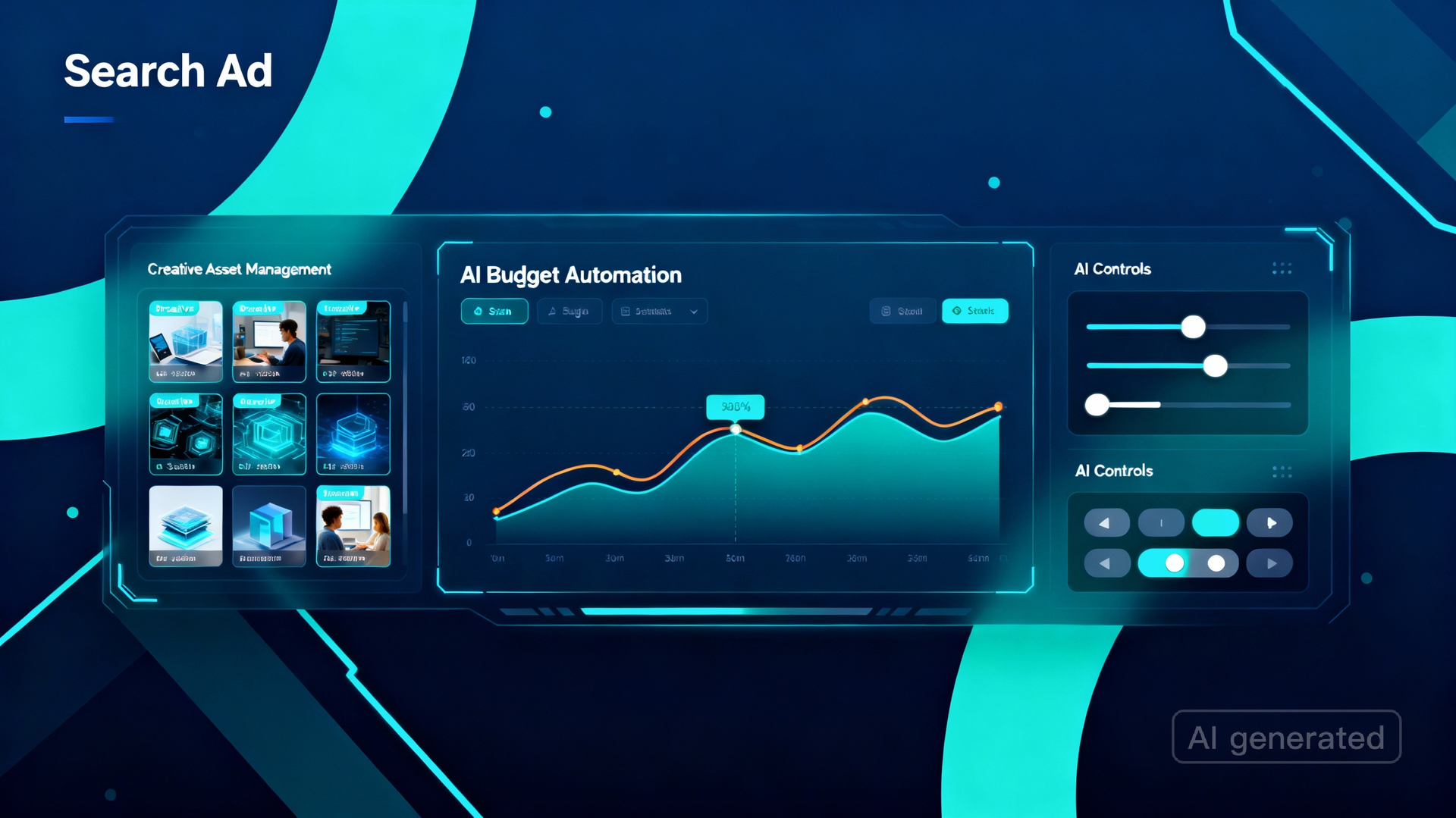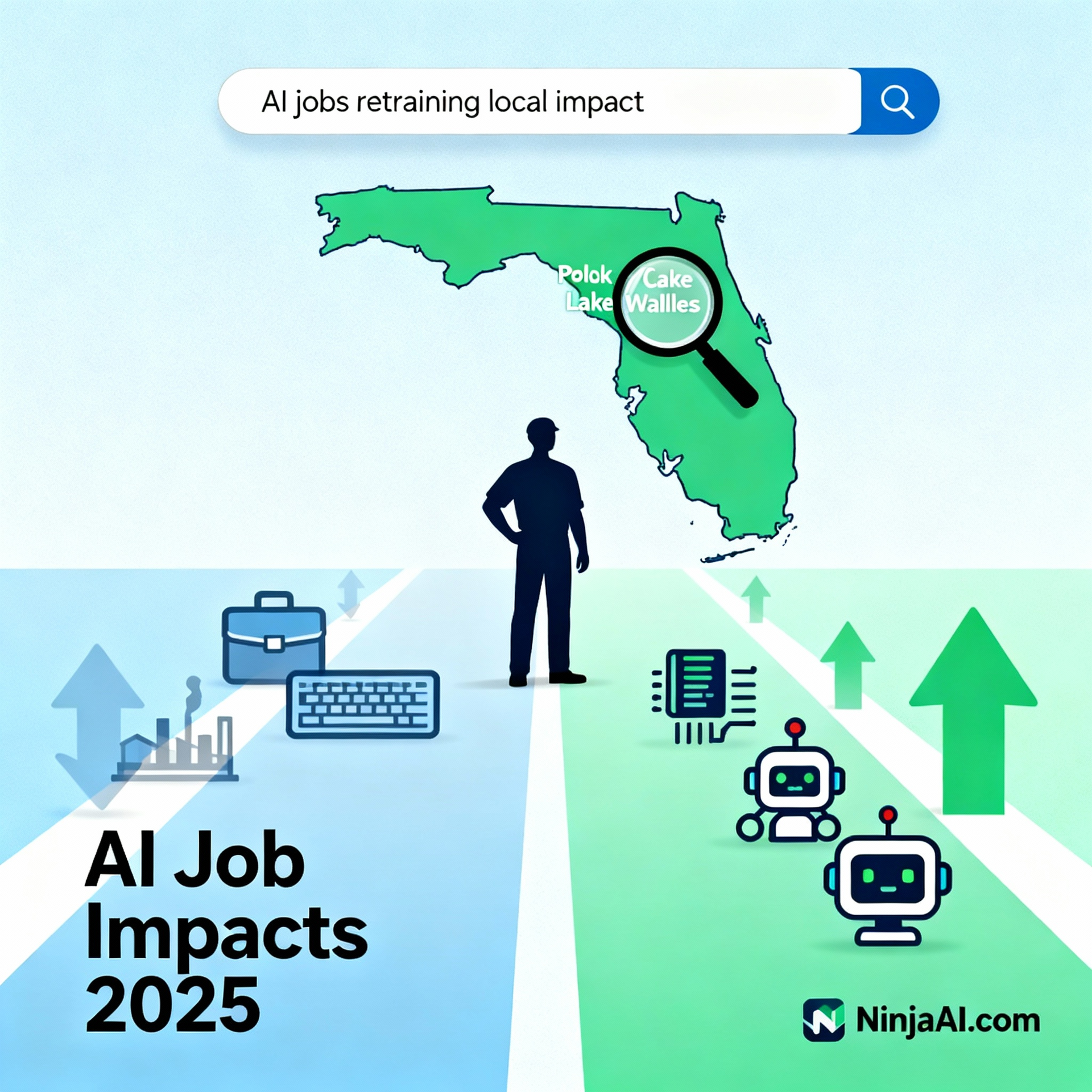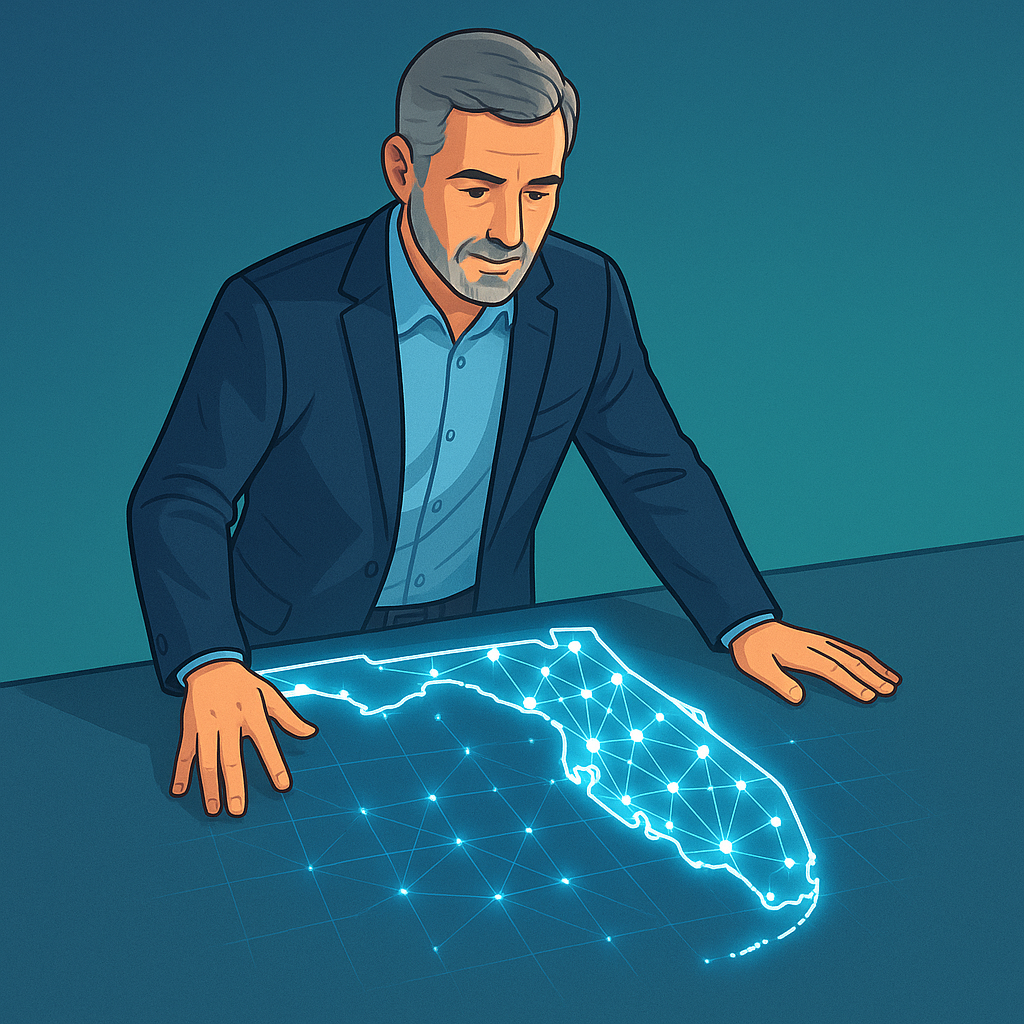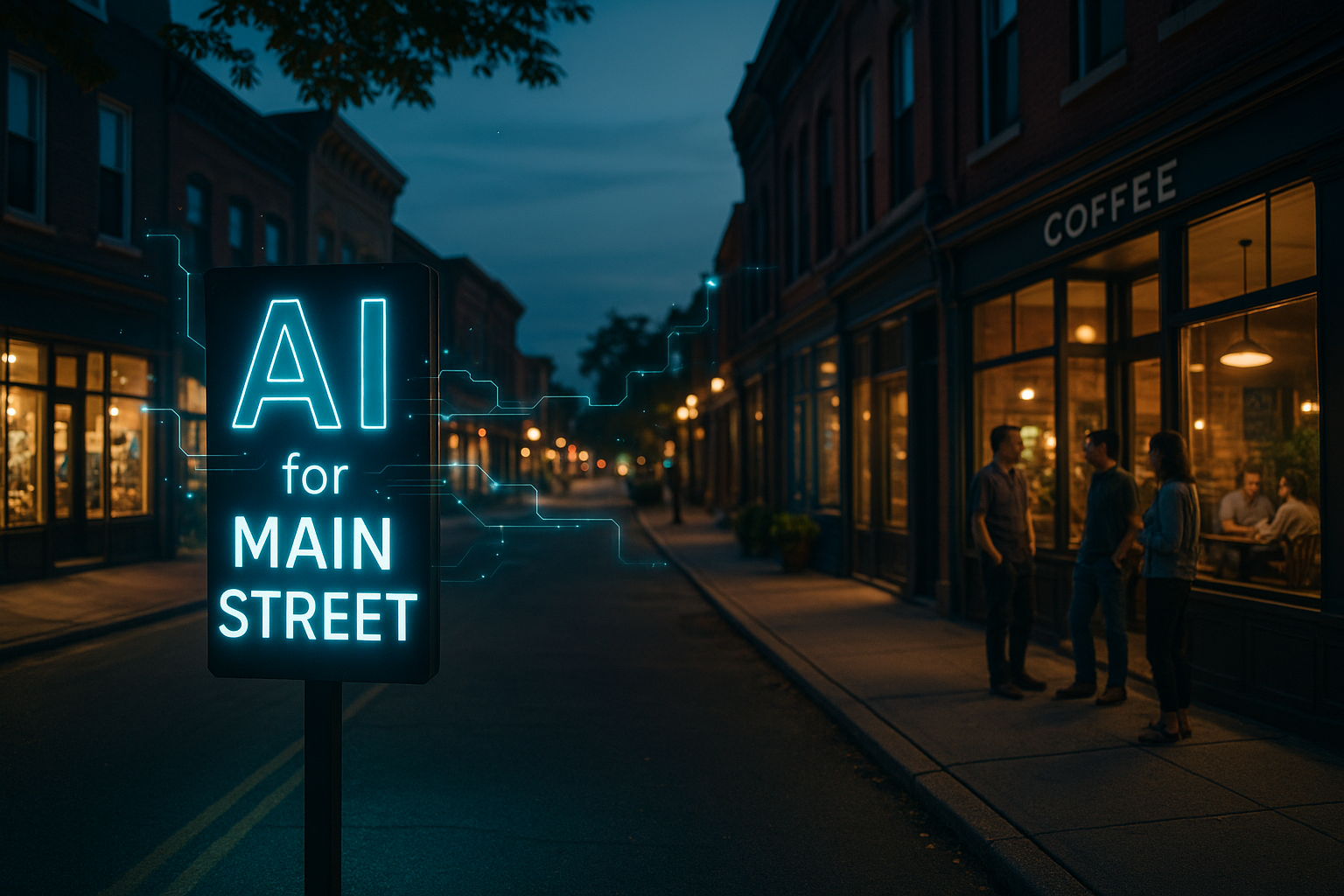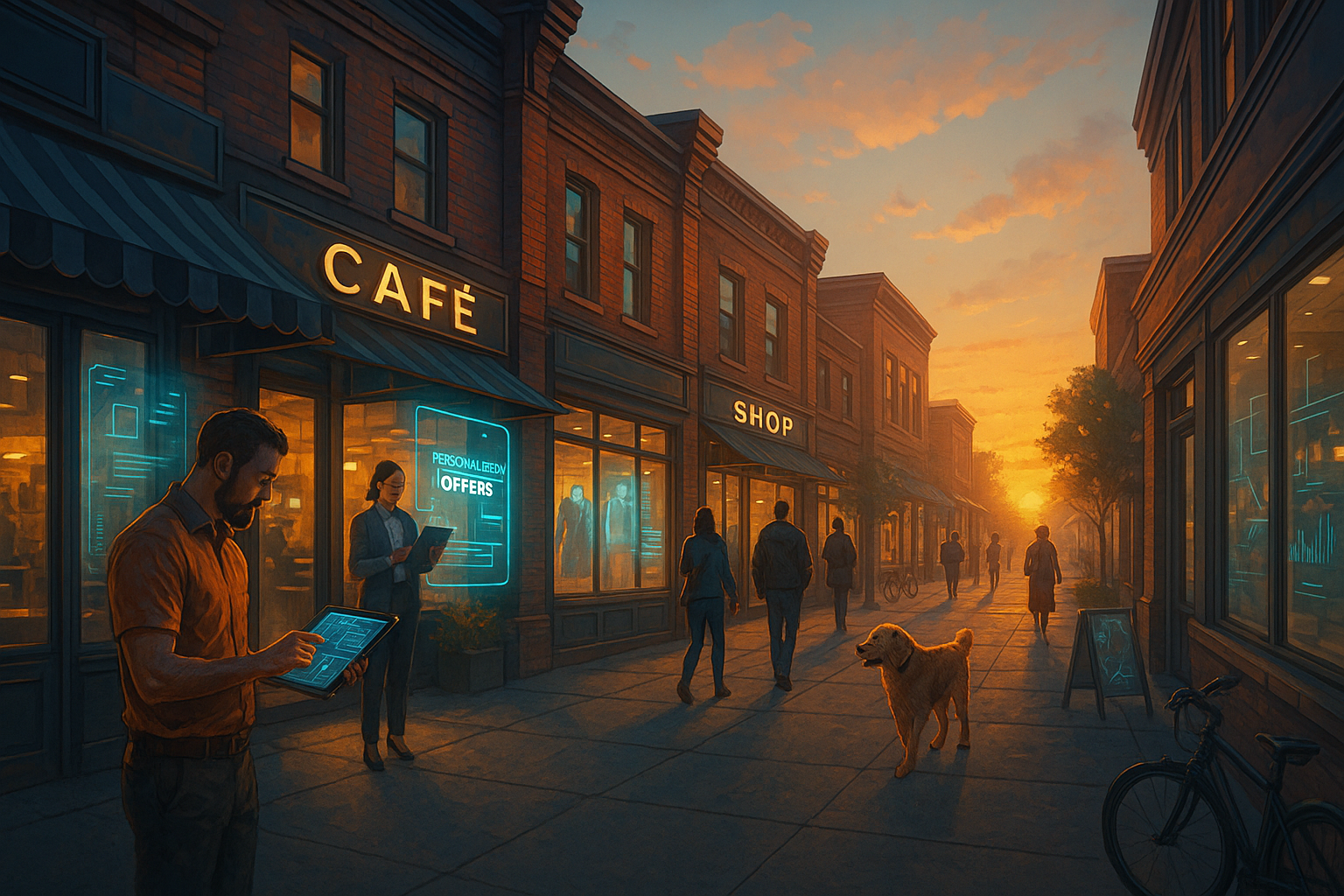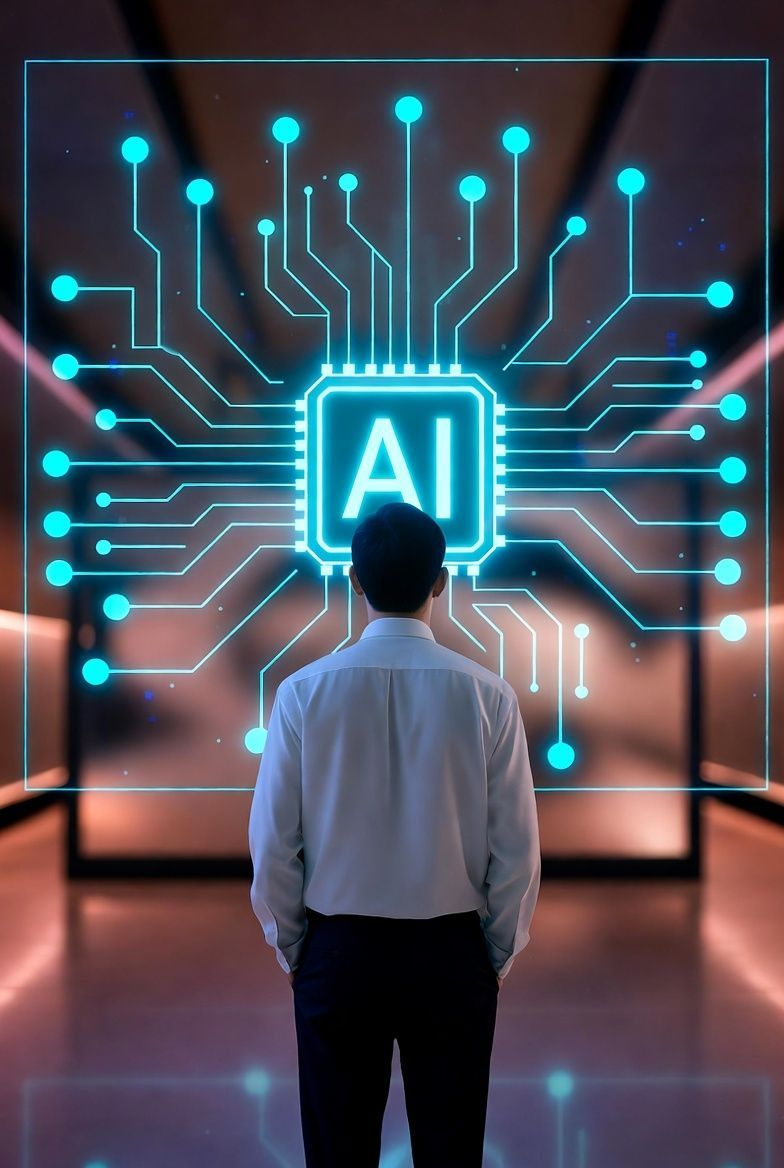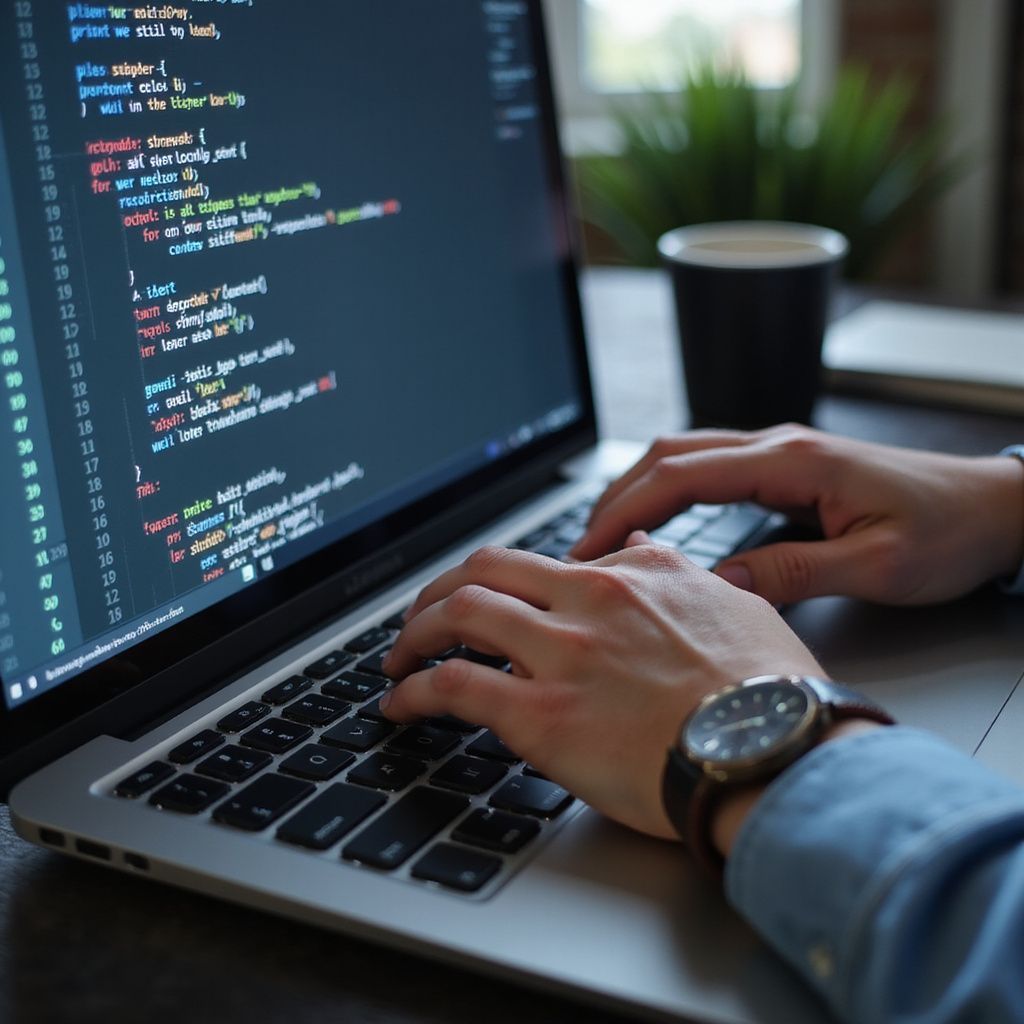AI Main Streets
AI Main Streets are changing the way small towns and local businesses work, sell, and serve people. Owners are using practical AI tools for everything from recommending products to keeping shelves stocked, chatting with neighbors online, and making local stores easier to find. A recent survey focused on more than 1,000 businesses and found that eighty-two percent rated AI as “essential” to stay competitive in 2025. This shift is not happening in cities alone. It reaches mom-and-pop shops, barbers, diners, boutiques, yard services, and even community halls that host events. AI Main Streets help these cornerstones of local life survive digital competition. They also give families fresh reasons to walk downtown and spend money where it matters most.[1][2][3]
What Is an AI Main Street?
Think of a Main Street where AI speeds everyday work for local businesses. Shopkeepers use AI chatbots to help answer questions day and night. Law offices, hardware stores, bakeries, and thrift shops analyze which items sell, at what hour, and why. These tools suggest when to put a sale sign out or when to restock shelves. AI helps owners get better deals from suppliers and spot new customer trends sooner.[4][5]
Service companies in towns across Florida use AI to create marketing materials, text reminders to clients, and track reviews. They get real-time advice on pricing and make their websites more visible in search results. From Lake Wales to small towns in Maine, these solutions make it easier for owners to focus energy on welcoming guests and running smart businesses.[6][1]
Why Main Street Businesses Embrace AI
Smaller businesses often face three big issues: less money for tech, few staff, and pressure from online giants. The pandemic sped up change, making digital tools a matter of survival. Owners saw the value of being online and using technology to reach neighbors and tourists. AI evens the odds by letting small teams do work once handled by dozens of people.[1]
- AI helps staff get more done with less effort.
- It answers common customer questions automatically.
- Stores get faster sales updates from digital payment systems.
- It makes local ads and social content in minutes.
- Owners track inventory and spot theft risks with smart cameras.
- Real-time translation lets locals serve visitors from abroad.
These steps lower stress, cut costs, and help shops stay open longer.
How Main Streets Use AI: Measurable Examples
AI Main Streets include restaurants using AI to adjust menu prices with season, coffee shops that send text offers to loyal customers, and bike stores where digital tools track top sellers and out-of-stock items. Case studies from 2025 highlight strong gains:
- A small e-commerce retailer added AI-powered product recommendations and saw average cart size jump fifteen percent in six weeks. Customer retention improved by twelve percent. ROI came in forty-five days.[4]
- Agencies using AI saved eight to ten hours each week by automating notes, proposals, and client reports. This gave teams more time for real work and increased billable hours by twenty percent.[4]
- Shapeways, a 3D printing leader, grew email open rates two hundred thirty-eight percent and click rates five hundred twenty-five percent using personalized AI messages for its customers.[7]
These are not dreams. They are recent, verifiable wins for shops on Main Streets nationwide.
The Human Touch Still Wins
One story from Idaho stands out. A family ran a downtown shop selling coffee and hand-stitched leather goods. The city installed parking meters, and business dropped because customers disliked new fees. The owners could have offered free parking with every purchase. This missed step shows AI cannot replace the human side—smart promotions, greeting a neighbor by name, or handing a child a cookie.[1]
Neighborhood wine shops, pet stores, and food markets thrive by giving shoppers personal recommendations. AI helps owners track history, but only people remember faces, special requests, and real stories. If a customer asks which wine pairs with lamb, the shop owner offers a real answer, not an algorithmic list. That direct service sets Main Street apart.
AI makes ordering commodity goods easier and frees customers to enjoy in-person shopping, local events, and community pride.[3][1]
AI Main Streets: Federal and State Action
Some support for Main Street AI comes from large programs. The federal government in 2025 introduced a plan to spend $100 billion over five years. States qualify for funds by creating boards made up of small business owners, labor groups, local schools, and civic groups. This ensures that Main Street businesses have a voice and get access to useful resources. The goal is a digital “highway system” for AI, where every shop—even the smallest—can use advanced tools without unfair hurdles.[8]
This approach tackles the digital divide. Urban professionals often have many resources, but rural and lower-income areas need shared networks and education to benefit fully. Building public infrastructure for AI gives all American towns a way to compete and grow.
Accessibility and the New Main Street
AI improves accessibility for disabled shoppers and owners. StreetReaderAI is a new tool from Google Research designed to help blind and low-vision users experience downtown streets. AI describes nearby roads, intersections, and local shops in real time. It works with every major map service and lets users ask questions with voice commands. This makes Main Street more open to everyone.[9]
AI Changes Local Job Roles
AI is not just a technical change; it affects how people work, hire, and train new staff. Small businesses use AI to:
- Filter job applications and recommend top candidates.
- Train new hires with interactive digital guides.
- Automate repetitive work so staff can focus on customer service.
A report showed Main Street job postings asking for AI skills jumped forty percent in 2025. This means towns must invest in basic AI education and help high school students, recent graduates, and older workers learn how these tools work.[5]
Main Street Marketing With AI
Local marketing gets a boost from AI. Shops use chatbots on their websites to answer questions and offer coupons. Restaurants and stores track which ads work best by letting AI send offers on social media, calculate click rates, and make instant changes. A Florida restaurant chain used AI to automate local marketing and saw strong growth in customer engagement and sales.[7]
AI tools generate optimized business descriptions and keywords, making small businesses easier to find on search engines and maps. This brings more visitors downtown and turns quick visits into longer stays.[10]
Main Street Commerce: AI Shopping Agents
AI agents now help people shop. These bots compare prices, order groceries online, and book appointments. Shoppers save time looking for deals or checking store hours. Owners get instant feedback—if a product is not selling, AI suggests what to change or mark down. Busy parents, young workers, and retirees use these agents daily.
Agentic commerce means buying basic items faster, leaving more time for hands-on shopping where local merchants excel. When stores use AI to handle routine orders, they can focus on events, tastings, classes, and personal service.[1]
AI Main Streets: Economic Impact
A 2025 report found that AI Main Streets add clear economic value:
- Local GDP growth rose two to four percent in regions investing in AI tools.[3]
- Retailers in these areas reported higher stability and growth, even during national downturns.
- New business openings increased. Many were started by young entrepreneurs who felt confident using AI to manage costs, find customers, and build brands.
States and towns with grants see higher adoption and lower failure rates among small businesses.
Risks: Privacy, Job Loss, and Digital Divide
Not all news is positive. Some owners worry about privacy. AI tracking tools can watch which shoppers walk by, how long they stay, and what items they touch. Towns must create clear rules that protect personal information. Everyone should know how their data is used and stored.
AI can replace some jobs—especially repetitive work like inventory, phone support, and basic data entry. Some older workers worry about learning new devices. Local schools and job centers must offer ongoing training. Strong town networks help protect jobs by making AI a tool, not a threat.[8][6]
Lessons From AI Main Streets
The past two years provide clear advice for owners:
- Start by picking one AI tool that solves a real business problem—such as answering messages, making product suggestions, or managing reviews.
- Involve staff in planning and testing new tools. Listen to feedback and make small changes.
- Partner with other local businesses to share costs and ideas. Town business associations should offer group buying and free workshops.
Businesses that adapt quickly stay open longer. AI also brings new energy to Main Streets, helping them become safe, social, and lively.
What’s Next For AI Main Streets?
AI will continue to get smarter and easier to use. Soon, local golf shops, flower stores, and bakeries will use AI to:
- Predict demand for their products based on weather and news.
- Let shoppers try outfits virtually before buying.
- Run instant contests, raffles, and voting on new products.
- Build better community calendars and alerts for events and emergencies.
New AI apps will help Main Streets grow social ties and local pride. Florida towns stand to gain from public AI programs that lower barriers to adoption and allow even solo owners to compete with online giants.
AI Main Streets are a work in progress, but the results are clear. Shops keep their doors open, people spend time face-to-face, and downtowns remain at the heart of community life. AI is changing commerce, but the human side still matterstill matters most.[8][15][18]
[1](https://www.practicalecommerce.com/how-ai-shopping-impacts-main-street-retail)
[2](https://www.reimaginemainstreet.org/ai-survey-press-release)
[3](https://publicpolicy.google/article/napa-ai-report/)
[4](https://doneforyou.com/case-study-small-businesses-winning-ai-tools-2025/)
[5](https://www.cnbc.com/2025/07/22/small-business-employers-ai-jobs.html)
[6](https://sjipl.mainelaw.maine.edu/2025/10/28/ai-tracking-in-small-town-maine-real-life-optimization-and-our-expectation-of-privacy/)
[7](https://superagi.com/real-world-success-stories-case-studies-of-small-businesses-that-thrived-with-marketing-automation-in-2025/)
[8](https://thefulcrum.us/media-technology/artificial-intelligence-public-use)
[9](https://research.google/blog/streetreaderai-towards-making-street-view-accessible-via-context-aware-multimodal-ai/)
[10](https://mainstreet.org/resources/knowledge-hub/digital-tool/boost-your-business-with-ai-the-power-of-optimized-descriptions-and-keywords)
[11](https://socialtargeter.com/blogs/the-impact-of-ai-on-small-business-growth-lesser-known-case-studies)
[12](https://www.reddit.com/r/ChatGPTPromptGenius/comments/1jsx2ep/writing_style_guidelines_for_clear_natural_and/)
[13](https://www.linkedin.com/posts/how-to-ai-guide_this-gpt-prompt-make-chatgpt-write-naturally-activity-7360689609342627840-yLq7)
[14](https://fortelabs.com/blog/how-to-create-an-ai-style-guide-write-with-chatgpt-in-your-own-voice/)
[15](https://www.youtube.com/watch?v=EK5DM6qPd7g)
[16](https://www.facebook.com/groups/tujenganeke/posts/1365756831582300/)
[17](https://stories.byburk.net/how-to-write-human-with-ai-08a74450e002)
[18](https://ashexplained.com/write-article-chatgpt-human-written/)
[19](https://www.linkedin.com/posts/ruben-hassid_this-gpt-prompt-make-chatgpt-write-naturally-activity-7369595149632290817-a0NF)
[20](https://www.mckinsey.com/capabilities/tech-and-ai/our-insights/superagency-in-the-workplace-empowering-people-to-unlock-ais-full-potential-at-work)

